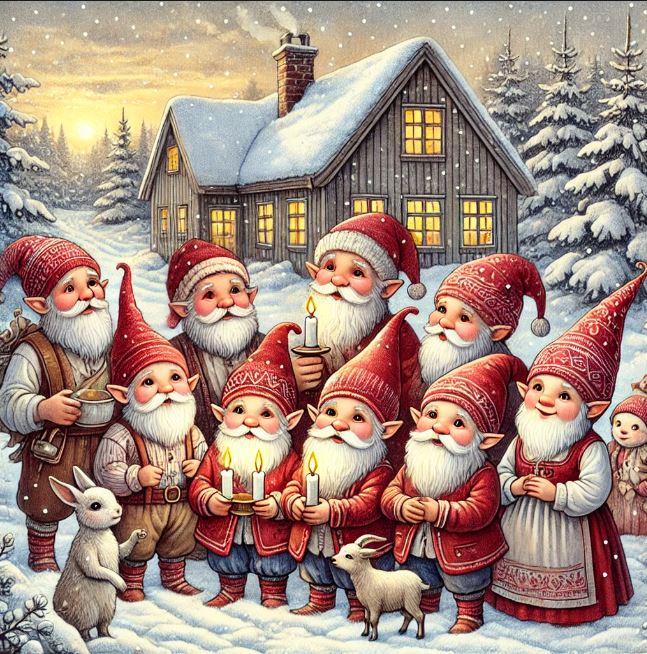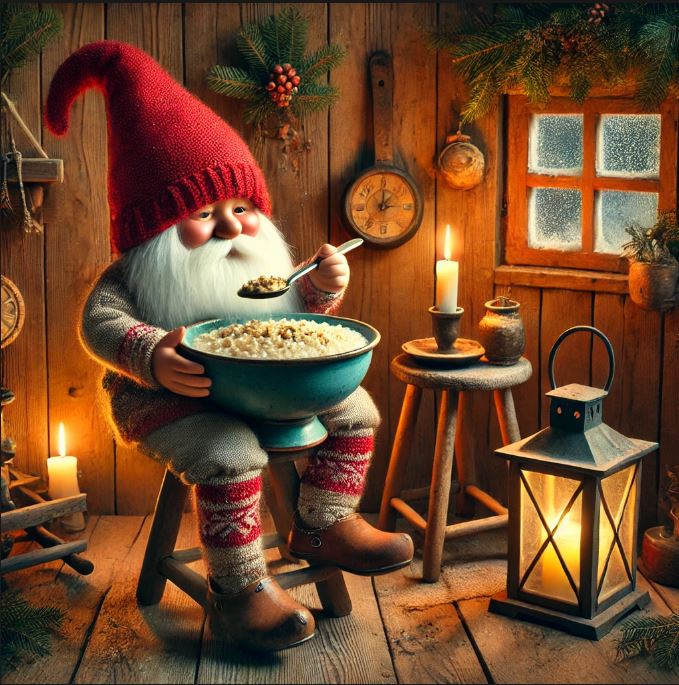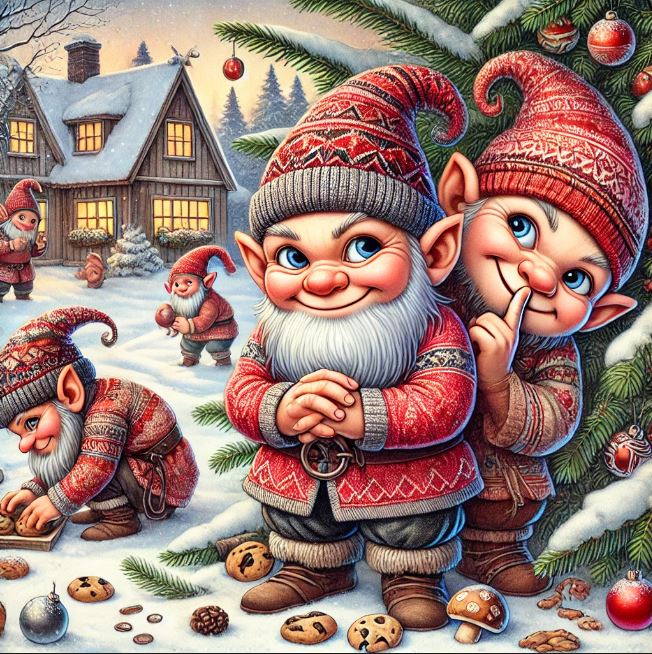Scandinavia's holiday season would not be complete without the Nisse, a mythical household spirit steeped in rich folklore. Known as the "Nisse" in Norway and Denmark, the "Tomte" in Sweden, and the "Tonttu" in Finland, this figure is more than just a cheerful holiday mascot—it is a respected and sometimes temperamental guardian of the farmstead, believed to protect families, livestock, and property from misfortune. The Nisse tradition blends ancient Norse beliefs with Christmas celebrations, creating a unique spirit of seasonal cheer and responsibility.
Origins and Role of the Nisse
The Nisse is usually depicted as a small, elderly figure with a long white beard and dressed in simple farm clothes, topped with a red or gray conical hat. Despite its modest appearance, the Nisse possesses great strength and is fiercely protective.
The origins of the Nisse go back to pre-Christian Norse traditions of protective household spirits, often thought to embody the essence of ancestral guardians.
Each farm traditionally had its own Nisse, and it was said that this little being took a personal interest in its prosperity. The Nisse worked at night, secretly helping with chores like feeding livestock, carrying heavy loads, and completing farm tasks far more efficiently than humans could. However, the Nisse’s assistance came with conditions—if offended or neglected, it could turn vengeful, playing pranks or causing real damage, from hiding belongings to sabotaging the farm’s productivity.
The Importance of Porridge on Christmas Eve
One of the most essential ways to honor the Nisse is to leave out a bowl of porridge with a generous pat of butter on Christmas Eve. This offering serves as both payment and appreciation for the Nisse’s year-long protection. Neglecting this tradition risks offending the Nisse, who might retaliate in dramatic ways.
Scandinavian folktales recount incidents where a Nisse, upon finding the butter missing from its porridge, killed the family’s livestock in a fit of anger, only to discover the butter hidden beneath the porridge afterward. Regretful, the Nisse would then restore the lost animal or make amends in some way.
Nisse as Christmas Gift-Bringer: The Julenisse
By the 19th century, the Nisse began merging with the figure of Santa Claus, taking on the role of a gift-giver during Christmas. This “Julenisse” or “Jultomte” version of the Nisse now plays a central role in Scandinavian Christmas celebrations. Unlike the Santa Claus who travels from the North Pole, the Julenisse is often thought to live nearby, in a barn, forest, or even a cozy corner of the house, emerging at Christmas to deliver presents personally. Families imagine the Julenisse walking right through the front door on Christmas Eve to hand out gifts, often accompanied by playful remarks or a jovial song.
Tales of Temper and Pranks
The Nisse’s temperamental nature is one of its defining traits, and Scandinavian folklore is full of cautionary tales. In one story, a farmer’s maid who ate the Nisse’s Christmas porridge was chased and beaten in punishment. In another, a Nisse took great offense when a farmer put butter underneath the porridge instead of on top. To remedy this, the Nisse harmed the livestock but later replaced it with an identical cow from a neighboring farm.
The Nisse’s temper also extended to anyone who insulted or disrespected it. Known for being strict, the Nisse would play tricks or sometimes strike a person if they swore, mistreated animals, or neglected their duties. A farmer, for example, might find his cows’ tails knotted together, or discover that his livestock had been mysteriously harmed.
A Symbol of Good Luck and the Changing Seasons
As the Christmas season approached, Scandinavian households would not only give their Nisse porridge but might also gift them a new item of clothing, such as mittens or a hat, particularly if the Nisse had performed its duties well. Yet, giving clothing could backfire, as some stories suggest that receiving gifts of clothing prompted the Nisse to quit its duties entirely, saying it was now “too good” for hard work.
The Nisse in Modern Scandinavian Culture
Today, the Nisse has become a beloved part of Christmas decorations and holiday storytelling across Scandinavia. Red-capped figurines of Nisser appear in homes and public spaces, and the character lives on in Christmas stories and songs. Children learn of the Nisse’s playful, sometimes stern personality, and families keep the tradition of the Christmas porridge alive, reminding everyone of the bond between humans, nature, and the magical spirits of the past.
The Nisse captures the essence of Scandinavian winter traditions: warmth, community, and a respect for unseen helpers who work behind the scenes. Whether serving as a guardian spirit or bringing gifts as the Julenisse, this cherished figure connects families with their heritage, adding a touch of magic to the Arctic winter.
An article written by Fanney Sigrún Ingvadóttir
Related news:
Jólasveinar - The thirteen Icelandic Yule lads (Santa Clauses)
Jólasveinar - the Icelandic Yule lads (Santa clauses)!
Arctic Christmas, Christianity and beliefs
Quick-facts:
The thirteen Icelandic Yule Lads
The tags below provide an opportunity to view previously posted related news within the selected category



